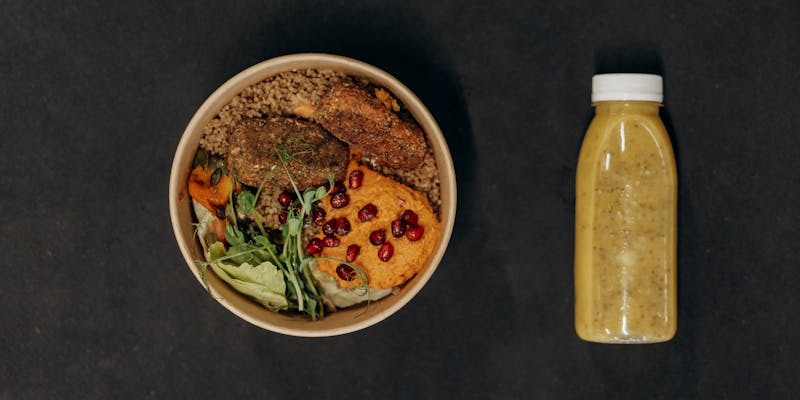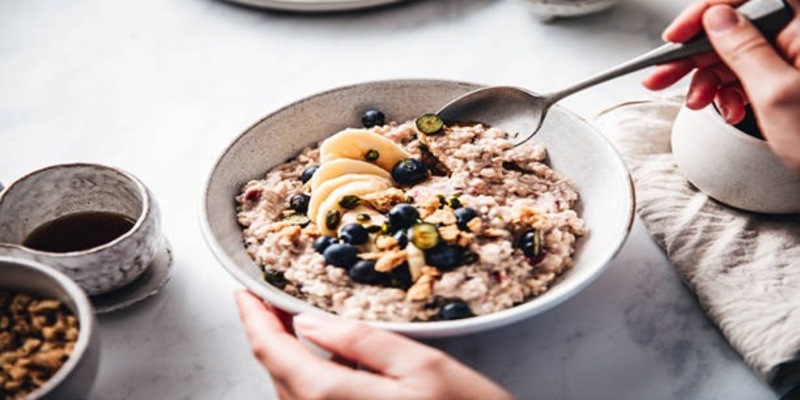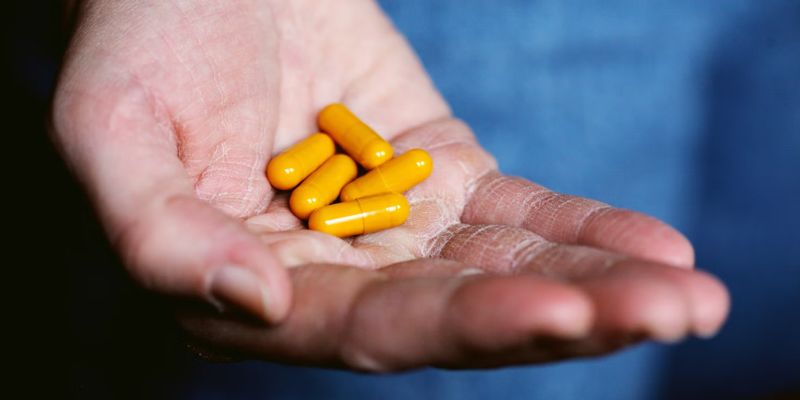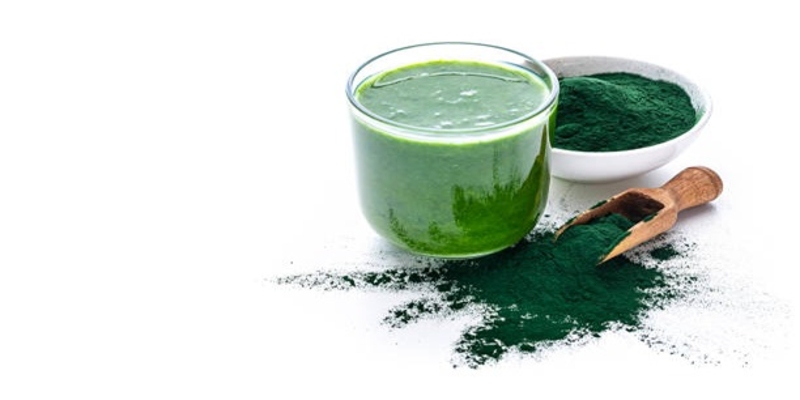You've probably heard of hydroponic seed farming and want to learn more about its nutrition. Hydroponics employs a nutrient solution made up of water in substitution of soil to cultivate plants. Growing media may consist of coconut coir, vermiculite, or perlite.
Intensively managed farms are a huge step toward sustainable agriculture. The best veggies for hydroponic use have nutrients similar to those of soil-grown ones. Advocates claim (and some tests have shown) that they are slightly higher in certain nutrients because growers can control inputs, and controlled farming depletes the soil and takes its nutrients as well.
Hydroponic Vegetable Nutrition
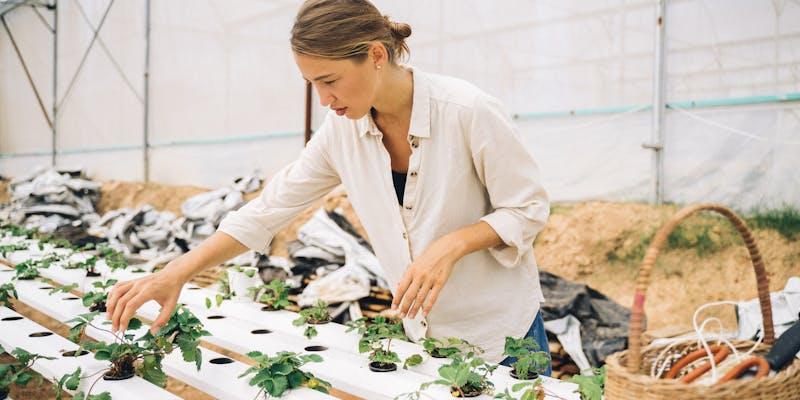
To determine their nutrition, it's important to study the best vegetables for hydroponics and these vegetables' growth process, especially their nutrient value. Hydroponic systems grow plants without soil using water-soluble nutrients, and their nutritional quality depends on the composition of this nutrient solution.
Fortunately, most hydroponic seed growers provide complete plant nutrition. By carefully monitoring and adjusting the nutrient solution, they ensure plants get everything they need to grow. This care often speeds growth, resulting in faster harvests and higher fresh produce yields. Also, hydroponic vegetables' health depends on nutrient quality, environmental conditions, and cultivation methods. Hydroponic systems provide controlled environments and efficient resource use, but nutrient adequacy is crucial for healthy vegetable production.
Vitamin and Mineral Content
Your favorite vegetables have the same vitamins regardless of the growing method. However, mineral content may vary. Properly planned and scientifically prepared hydroponic systems produce vegetables with nearly identical mineral content to soil-grown plants.
Comparison to Soil-Grown Vegetables
If nutrients are well controlled, hydroponic seed vegetables have the same nutritional value as soil-grown vegetation. You may get loads of vitamins and minerals if you purchase hydroponically grown greens from an informed grower who cares for their vegetables.
Another factor is that freshly produced nutrients degrade over time. Your salad would be healthier if the elements were picked yesterday rather than days ago. Because hydroponic farms are easily accessible to consumers and greens are eaten quickly after harvest, they may be extra nutrient-dense.
Artificial Vs. Natural Light in Hydroponic Vegetables
Plant growth and nutrient density in hydroponic farming also depend on light. The best vegetables for hydroponics grow and develop depending on the light quality. To understand how these light sources affect hydroponic vegetable nutrition, one must understand the differences between artificial and natural sunlight.
Artificial Light
Hydroponic systems often illuminate plants with artificial light. This is especially true because vertical farms grow crops in trays stacked on shelving. Here, grow lights are the plants' main light. Controlling the artificial light spectrum and intensity can optimize the best veggies for hydroponics. However, different artificial lighting sources affect plant health and nutritional content differently.
A 2020 study found that red-blue LED lighting produces better crops than fluorescent light. LEDs are preferred in hydroponic setups due to their energy efficiency, spectral customization, and ability to emit wavelengths that promote photosynthesis and plant health. Light spectroscopy lets farmers change plant color, flavor, and nutrients.
Natural Light
Artificial light can replace sunlight in indoor hydroponic seed systems, but natural light is best for plant growth. Greenhouse hydroponic farms combine natural and artificial lighting. These structures allow plants to use all solar wavelengths for photosynthesis and nutrient synthesis.
Greenhouse sunlight with synthetic lights offers consistent illumination year-round. Farmers can provide their plants with exceptional surroundings by combining the two types of mild. The spectrum of natural sunlight is unmatched by artificial light. We need phytonutrients like vitamins and antioxidants, which it produces.
Impact of Organic Nutrient Solutions

Hydroponic farming has revolutionized crop cultivation by imparting controlled plant growth environments. Organic nutrient solutions are becoming increasingly popular among hydroponic seed growers, raising questions about their impact on crop nutrients.
Plants fed organic or traditional nutrients have to be nutritionally equal. Optimizing plant vitamins with natural solutions is difficult. Hydroponic structures lack the microbial ecosystem that integrates organic fertilizers into the soil and processes them by using soil microorganisms earlier than plant roots take in them.
Soil-primarily based best veggies for hydroponic farming use beneficial bacteria to pre-digest organic nutrients for plant roots. This method guarantees flowers receive nutrients often, enhancing their health and nutrients. Hydroponic systems dissolve nutrients in water, bypassing soil and microbial lifestyles. Thus, plants need nitrification to use organic nutrients. Nitrification is when bacteria convert organic nitrogen compounds into plant-friendly nitrate and ammonium.
Hydroponic systems must be managed to nitrify efficiently, unlike soil. Maintaining optimal pH and aeration helps nitrifying bacteria grow.
Organic nutrient solutions can produce sustainable, environmentally friendly plants in hydroponic systems, but growers must be professional. Hydroponic ideas should be understood and implemented to match traditional solutions' nutrient availability and uptake. Compared to soil-primarily based agriculture, hydroponic seed farming reduces pathogen contamination. Beneficial and pathogenic microorganisms stay within the soil. Conventional agriculture is vulnerable to pathogenic bacteria contamination, which could harm plants and humans.
Hydroponics and Contamination
Modern hydroponic farming provides controlled environments where plants thrive without soil. Hydroponic seed farms are regulated, unlike traditional farming methods, which are vulnerable to environmental factors and contamination. This controlled environment prevents contaminants from entering crops, reducing food recalls and protecting against pathogens like E. coli.
Hydroponic farming relies on regulating plant-growth-critical environmental parameters. Gardeners can control temperature, lighting fixtures, humidity, and vitamins by growing plant life interior. This degree of manipulation allows farmers to create top-quality growing conditions for every crop, selling healthy plant boom. In the best vegetables for hydroponics farming, controlled environments reduce infection risks. Unlike traditional agriculture, hydroponic structures defend vegetation from soil, water, and the natural world. Hydroponic vegetation is also less contaminated by soil-borne bacteria and pathogens. Growers can reduce waterborne contaminants by circulating nutrient solutions in a closed-loop system.
Hydroponic farms also guard against air and environmental pollutants while being interior. Growers can create sterile, microorganism-unfastened environments with effective filtration and air movement. This proactive method of environmental manipulation reduces contamination and defensive hydroponically grown plants. Controlled environments improve crop quality and productivity beyond contamination prevention. Optimizing growth conditions allows hydroponic farmers to produce extraordinary produce year-round. Without outside environmental stressors, plant life can focus on growth and nutrient accumulation, making nutritious and attractive vegetation.
